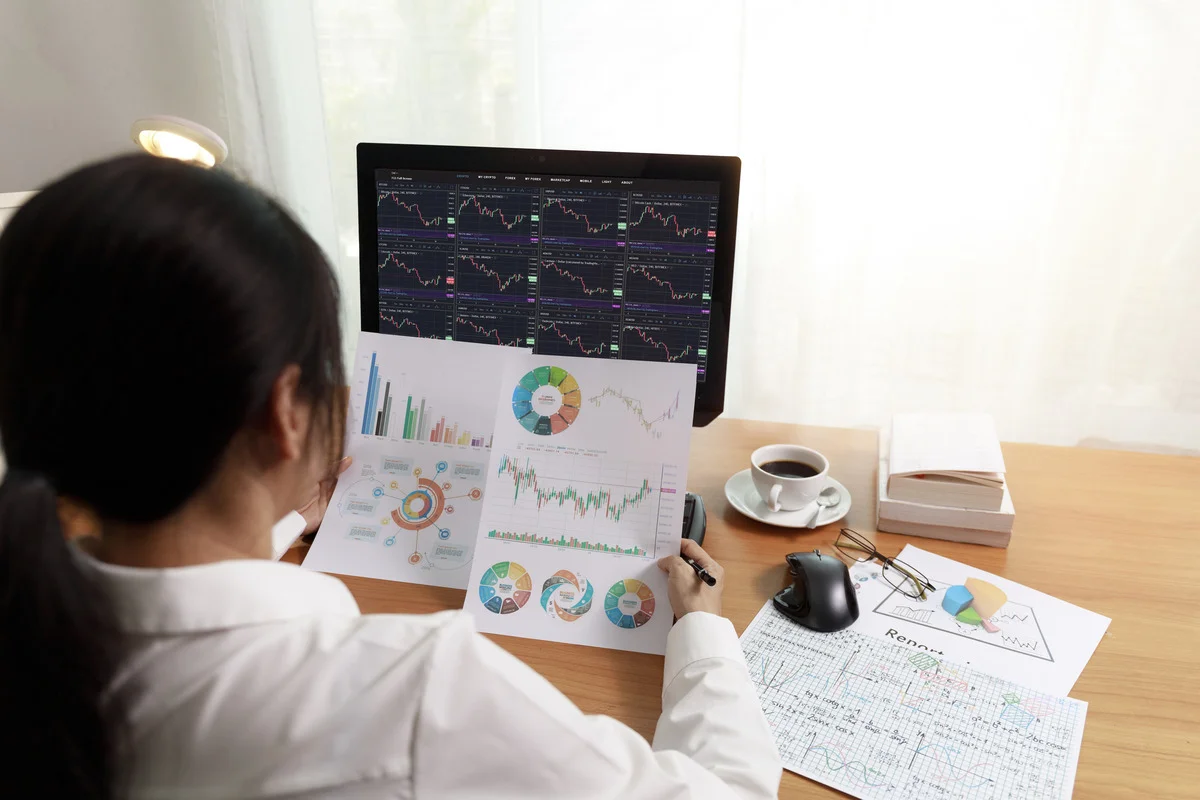Nexa Lab Blog – Data visualization has numerous benefits, including simplifying complex data sets and making it easier to identify trends and patterns. Businesses can improve decision-making processes and drive growth by visualising data and quickly understanding key insights. Implementing best practices in data visualization can assist organisations in effectively communicating information and making informed decisions based on accurate data analysis.
Let’s go over the benefits of data visualization and the best practices.
What are The 5 Advantages of Data Visualization?
Data visualization provides many benefits to the company. However, there are 5 main advantages it offers, which are: improving data comprehension and clarity; accelerating data analysis and decision making; improving communication; revealing trends; and facilitating data demonetization.
While it has many advantages, some of you may still be wondering what data visualization is.
Before we get into the benefits, we recommend reading our previous article, ‘What Is Data Visualization? Definition, Importance, and Examples‘.
After you have finished reading it, we can go into further detail about the advantages of data visualization.
1. Improving Data Comprehension and Clarity
Data visualization converts raw data into intuitive visual representations, making complex information clear at a glance.
It presents data in a format that is intuitive to human cognition, allowing stakeholders to grasp key insights faster and more accurately. Whether identifying trends, outliers, or correlations, visualizations provide clarity that traditional tabular data cannot match, allowing users to make confident decisions.
2. Accelerating Data Analysis and Decision Making
Data visualization speeds up the data analysis process by revealing visual cues and patterns that would otherwise be hidden in rows of numbers.
Users can use interactive visualizations to drill down into specific data points, explore different scenarios, and gain deeper insights in real time. This rapid access to information allows for quick decision-making, giving businesses a competitive advantage in seizing opportunities and mitigating risks.
3. Improving Communication and Reporting
Insights must be effectively communicated in order to promote organisational alignment and educated decision-making.
This is where data visualization comes in, turning complex data into visually engaging stories. Visualizations draw in audiences and deliver information with clarity and impact, whether you’re presenting to colleagues, clients, or stakeholders. Additionally, interactive dashboards let users customize visuals to the tastes of their target audience for optimal understanding and engagement.
4. Revealing Trends, Patterns, and Anomalies
Through the lens of data visualization, we can easily spot insights within datasets.
It is made easier to spot trends, patterns, and anomalies that might otherwise go missing without the visualization in different ways, such as line charts, scatter plots, and heatmaps. Visualizations provide a comprehensive perspective that supports strategic decision-making and problem-solving, whether it be for identifying seasonality in sales data, identifying outliers in financial metrics, or comprehending customer behaviour.
5. Facilitating Data Democratisation
Data visualization makes complex data accessible and understandable to a larger audience.
Employees at all levels can independently explore and interpret data using user-friendly interfaces and self-service analytics tools, empowering them to make data-driven decisions in their roles. Data visualization promotes innovation and collaboration throughout the organisation by breaking down silos and promoting data literacy.
10 Best Practices for Successful Data Visualization
Some best practices for data visualization include storytelling, chart type selection, and simplicity. Storytelling in data visualization helps to engage the audience and convey a clear message. Choosing the right chart type can effectively communicate the data insights, while keeping the visualisation simple ensures clarity and ease of understanding.
Other than that, there are 10 key best practices that can help you create a succesful data visualization. Here are some of them, according to GoodData:
- Know Your Audience: Tailor your visualizations to your audience, considering their needs, preferences, and expectations. This will ensure your message is understood and acted upon effectively.
- Keep It Simple: Avoid overloading your visualizations with too much information. Stick to the most important data points and use intuitive visual cues to guide the viewer’s attention.
- Choose the Right Chart Type: Select the most appropriate chart type for your data, considering the type of data, the number of variables, and the pattern you want to show.
- Use Intuitive Visual Cues: Use colours, shapes, and positions to guide the viewer’s attention and make the data story more accessible.
- Avoid Distracting Elements: Keep your visualizations clutter-free and avoid excessive use of colour, busy background patterns, and cluttered layouts.
- Tell a Story: Use your visualizations to communicate the key insights from your data in an accurate and engaging way.
- Use Data Points Carefully: Choose data points based on their ability to accurately represent the underlying data and tell the story you want to convey.
- Use Visual Hierarchy Effectively: Use size, colour, and position to direct the viewer’s attention to the most important information.
- Test with Users: Before finalising a visualizations, test it with actual users to ensure it effectively communicates the story you want to tell.
- Iterate and Improve: Continuously strive for improvement by updating your visualizations as new data becomes available or as new insights are gained.
Remember, the goal of data visualizations is to communicate complex data insights in a clear and understandable way. By following these best practices, you can create visualisations that effectively convey your message and help drive informed decision-making.
While data visualization is important and has many benefits, it will be rendered ineffective if your company lacks a proper data architecture.
Data architecture is the discipline that documents an organisation’s data assets, maps how data flows through its systems, and provides a blueprint for managing data.
Find out more in our previous post, ‘Data Architecture: Definitions, Frameworks, and Key Steps‘.
Conclusion
To sum up, data visualization is more than just making attractive graphs and charts; it also involves turning complexity into clarity, providing decision-makers with useful information, and encouraging a data-driven culture throughout organisations.
Visualization emerges as a key component of contemporary data analytics, supporting comprehension, speeding up analysis, facilitating communication, exposing insights, and democratising data.
Ready to take your data visualization to the next level?
Nexa Lab Data Visualization and ETL services provide you with cutting-edge data visualization services that will help you make sense of your data and drive strategic decision-making. We offer the best services for you with interactive dashboards, data integration and aggregation, advanced analytics and forecasting, and automated ETL workflows.
Nexa Lab is a web and application developer that specialises in MSPs (Managed Service Providers) and IT departments. We were born and raised in Australia and have over 30 years of experience in the MSP and IT industries.




